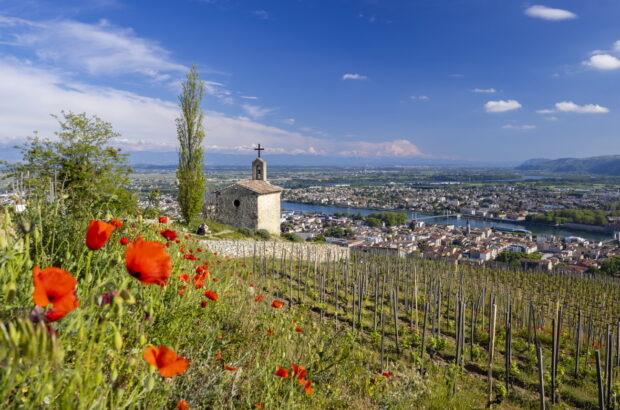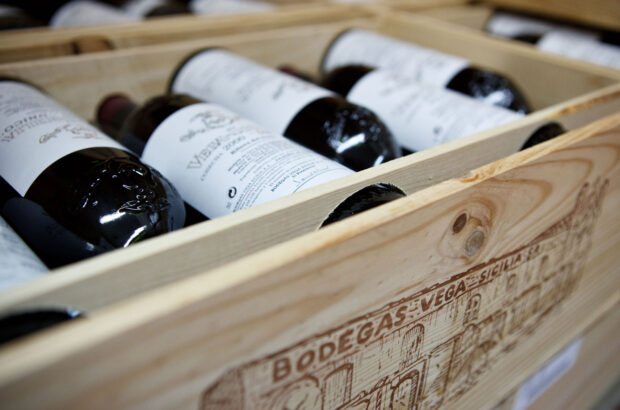You may have seen the term ‘SuperTuscan’ before, and that’s because it’s used to describe some of Tuscany’s top red wines, such as Tignanello, Sassicaia and Ornellaia.
They are high quality red and white wines, normally with a price to match, made from non-indigenous varieties or using blends not allowed under Tuscan appellation law.
Background
Back in the 1960s, some Tuscan producers began experimenting with non-indigenous varieties from Bordeaux, such as Cabernet Sauvignon, Cabernet Franc and Merlot.
Sassicaia is considered the first SuperTuscan: Marchese Mario Incisa della Rochetta had been making the wine for private consumption since 1948 from Cabernet Sauvignon and Cabernet Franc vines planted in Bolgheri on the Tuscan coast, which was not previously considered particularly worthwhile wine country, but proved ideal for the French varieties.
The first commercial release was the 1968 vintage, but due to Tuscany’s strict appellation laws the wine had to be labelled as Vina da Tavola or ‘table wine’.
These laws not only restricted the use of non-indigenous varieties, they even prescribed a Chianti recipe that was detrimental to the wine’s quality: the blend had to include certain lower quality varieties, including at least 10% white varieties.
The SuperTuscan movement really took off with some of those quality-minded Chianti producers. One of the first was Antinori, whose 1971 Tignanello was a Sangiovese and Cabernet Sauvignon blend from the Chianti Classico subzone, but declassified to Vino da Tavola.
As these wines from within and beyond Chianti punched well above their lowly Vino da Tavola status, they collectively became known as SuperTuscans. The term became synonymous with adventurous winemaking, with producers experimenting with international varieties, French barriques and new viticultural methods.
Changes
Nowadays, SuperTuscans can have IGT, DOC or DOCG status. For instance, Sassicaia has its own sub-appellation, Bolgheri Sassicaia DOC, and the IGT classification itself was created in 1992 specifically to recognise the quality of these ‘outsider’ wines.
Chianti and Chianti Classico regulations have since changed as efforts have been made to improve quality, and in 2006, Chianti Classico finally banned the inclusion of white grapes completely.












